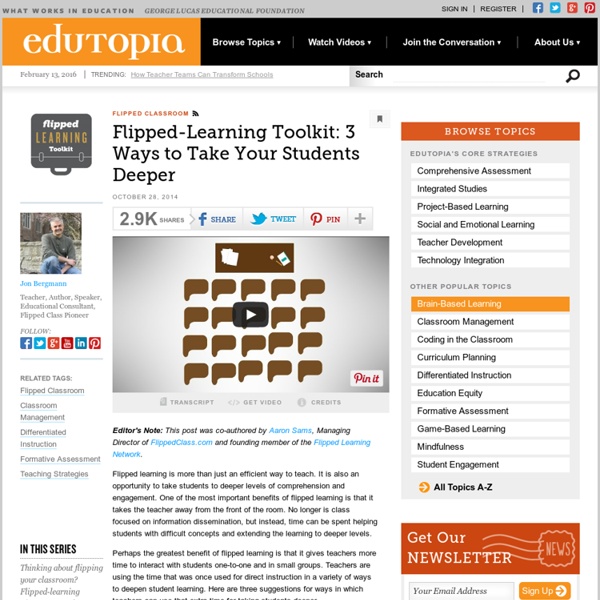Tornado in the Library: created with Zunal WebQuest Maker
The weather was bad on the way to school. On the car radio the announcer said the conditions were right for a tornado. In the middle of math class the tornado sirens sounded. “Students thankfully most of the school was left untouched by the tornado, except the library.
What is Blended Learning?
A quote from the former US Secretary of Education The goal of blended courses is to join the best features of in-class teaching with the best features of online learning to promote active independent learning. Blended courses are courses in which a significant portion of the learning activities have been moved online, and time traditionally spent in the face-to face (FTF) classroom is reduced but not eliminated. Using computer-based technologies, instructors use the blended model to redesign some lecture or lab content into new online learning activities, such as case studies, tutorials, self-testing exercises, simulations, and online collaborations. There is no one model for blended learning. Blended Learning in Plain English Blended Learning by Curtis Bonk In "Blended Learning - General," Dr. Related Literature Du, C. (2011, September). Blended course improves the student final examination/course performance. Melton, B., Graf, H., & Chopak-Foss, J. (2009, January). Resources
edutopia
Editor's Note: This post was co-authored by Aaron Sams, Managing Director of FlippedClass.com and founding member of the Flipped Learning Network. Flipped learning is more than just an efficient way to teach. It is also an opportunity to take students to deeper levels of comprehension and engagement. One of the most important benefits of flipped learning is that it takes the teacher away from the front of the room. No longer is class focused on information dissemination, but instead, time can be spent helping students with difficult concepts and extending the learning to deeper levels. Perhaps the greatest benefit of flipped learning is that it gives teachers more time to interact with students one-to-one and in small groups. Help With the "Hard Stuff" An integral part of the learning process is when we are stretched outside of our comfort zone -- without being stretched too far that we are incapable of succeeding. Correcting Misconceptions Students sometimes learn things incorrectly.
Flipped-Learning Toolkit: Let's Talk Tech
Editor's Note:This post was co-authored by Aaron Sams, Managing Director of FlippedClass.com and founding member of the Flipped Learning Network. The greatest benefit of flipped learning is the restructuring of class time, which is more of a pedagogical solution than a technological solution. However, the in-class benefit is dependent upon the utilization of technology tools. So what technologies are necessary in a flipped classroom? Content Creation Tools One of the most difficult challenges for some teachers to overcome is the mastery of a content creation tool. Screencasting A popular software category for flipped learning is screencasting tools. Tablet Software Many teachers seek a tablet solution. Document Camera-Based Solutions Many teachers have document cameras in their rooms. Camera-Based Solutions Some teachers choose to forego software-based solutions and opt for the video camera. Record in a quiet room with a decent microphone. Distribution Tools These are only a few solutions.
Flipped classroom 2.0
Learning Published on May 24th, 2014 | by Mark Anderson I’ve been a big fan and supporter of flipped learning for a long time. I wrote about it at length in Perfect ICT and whilst most evidence is anecdotal, in my experience, it works. For those of you who don’t know, flipped learning is the attempt to take much of the instructional element out of the classroom in to the home via homework so that support of more difficult concepts and reinforcement can take place in the classroom. Jon Tait ran a small action research trial in his school which you can read about here – you can find it reblogged and written about in a number of places elsewhere too. For me, I like to include accountability and tracking with things that I do. With that in mind, when Michael Ha recently showed me in our AppSmashLive a tool he found called EduCanon I have to admit, I got somewhat excited. The interface is really very simple to use. This in my mind would work like this. Here’s what it looks like when being used…
A Short Overview of 12 Tools for Creating Flipped Classroom Lessons
One of the most frequent requests that I get is for suggestions on developing flipped classroom lessons. The first step is to decide if you want to create your own video lessons from scratch or if you want to develop lessons based on videos that others have produced. In this post we'll look at tools for doing both. Developing flipped lessons from scratch with your own videos. The benefit of creating your own videos is that you can tailor them to exactly match your curriculum. Tools for creating your own flipped video lessons: The Knowmia Teach iPad app is an excellent app for creating your own whiteboard videos. Educreations is a free iPad app that turns your iPad into a whiteboard. In the free eduClipper iPad app you can create instructional videos on a whiteboard in the Khan Academy style. If you don't have an iPad, PixiClip is a good option for creating simple instructional videos. Clarisketch is a free Android app that has great potential for classroom use.



